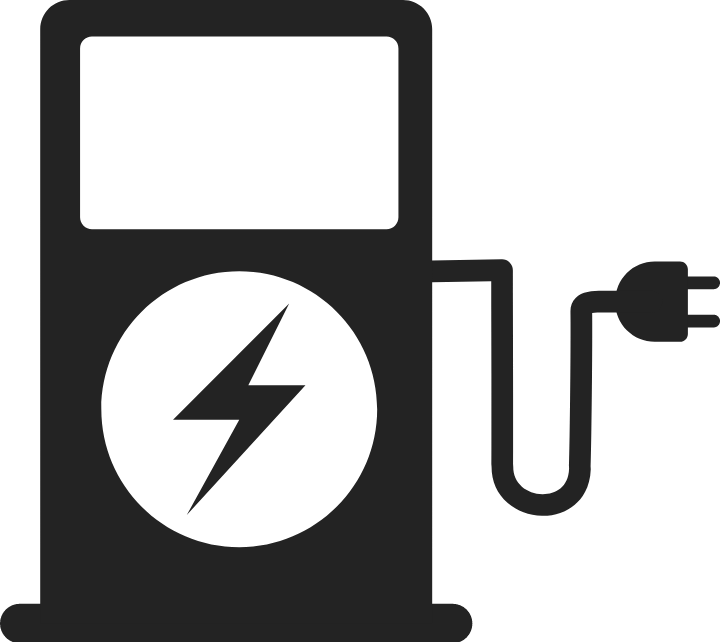Drivers who do not own an electric vehicle (EV) are becoming less interested in buying one, according to a survey sponsored by a global oil company. Nine of 10 current EV owners said they would buy an electric vehicle again, but the survey from Shell found increased hesitance among non-EV owners, with more drivers in Europe than in the United States losing interest in EVs.
The 2025 Shell Recharge Driver Survey questioned 15,000 drivers across China, Europe and the United States. In Europe, 41% of non-electric drivers said they would consider buying an EV – down by 7 points since 2024. Interest among U.S. non-EV drivers fell by 3 percentage points, to 31%.
Why are fewer drivers interested in buying an electric vehicle?
Potential electric vehicle drivers are turned off by high costs. In Europe, 43% of all non-EV drivers named vehicle prices as their top reason for not going electric. A report from the International Energy Agency found that EV prices in Europe have stagnated while costs have fallen in China and the United States.
“The relatively high cost of owning an electric vehicle, combined with broader economic pressures, are making it a difficult decision for new consumers,” David Bunch, an executive vice president at Shell, said in a press release.
Range anxiety – the worry that electric vehicle charging options will not be available for longer trips – has been a common concern among prospective buyers. However, the Shell survey did not indicate that range anxiety caused more hesitance about buying an EV.
How do current EV drivers feel?
Unbiased. Straight Facts.TM
80% of EV drivers in the U.S. say public electric vehicle charging networks have improved, but in Europe, it’s only 51%, according to a survey from Shell.
Range anxiety among current electric vehicle owners is falling at the same time confidence in charging networks is on the rise. Globally, 61% of EV drivers worry less about running out of power than they did a year ago, and 72% say public EV charging networks have improved. However, Europe lagged significantly, with only 51% of drivers saying charging had improved in the past 12 months, compared to 80% in the United States.
Overall, the survey found that 91% of electric vehicle drivers would purchase another EV as their next vehicle. Electric vehicle drivers are also increasingly ditching secondary internal combustion engine vehicles that they previously owned alongside their EV. The survey found the percentage of EV owners who only own electric vehicles increased by seven percentage points in the United States, six points in Europe and 17 points in China.
What’s next for Europe’s electric vehicle market?
Chinese automaker BYD sees an opportunity to increase its market share in Europe. In April, BYD sold more electric vehicles in Europe than Tesla, which had been Europe’s most popular brand, the Financial Times reported. In the first four months of 2025, BYD nearly quadrupled its European sales.
Building on that momentum, the company is introducing the Dolphin Surf. Known in non-European markets as the Seagull, it’s a compact car that the manufacturer says can recharge up to 80% in 30 minutes. Selling for 18,650 British pounds, or about $25,000, it is among the most affordable electric vehicles on the European market.
Felipe Munoz, a senior analyst for automotive research firm Jato Dynamics, recently told Bloomberg that BYD has been making the right moves by hiring employees from established European car manufacturers and bringing low-cost options to the market.
“Their lineup is growing every day with very, very competitive products,” Munoz said. “Everything has come together.”
Click this link for the original source of this article.
Author: Ally Heath
This content is courtesy of, and owned and copyrighted by, https://straightarrownews.com and its author. This content is made available by use of the public RSS feed offered by the host site and is used for educational purposes only. If you are the author or represent the host site and would like this content removed now and in the future, please contact USSANews.com using the email address in the Contact page found in the website menu.








